Mujaddid IOS Centre for Arts & Literature organises discussion on “Search for Nazir Akbarabadi’s Village”
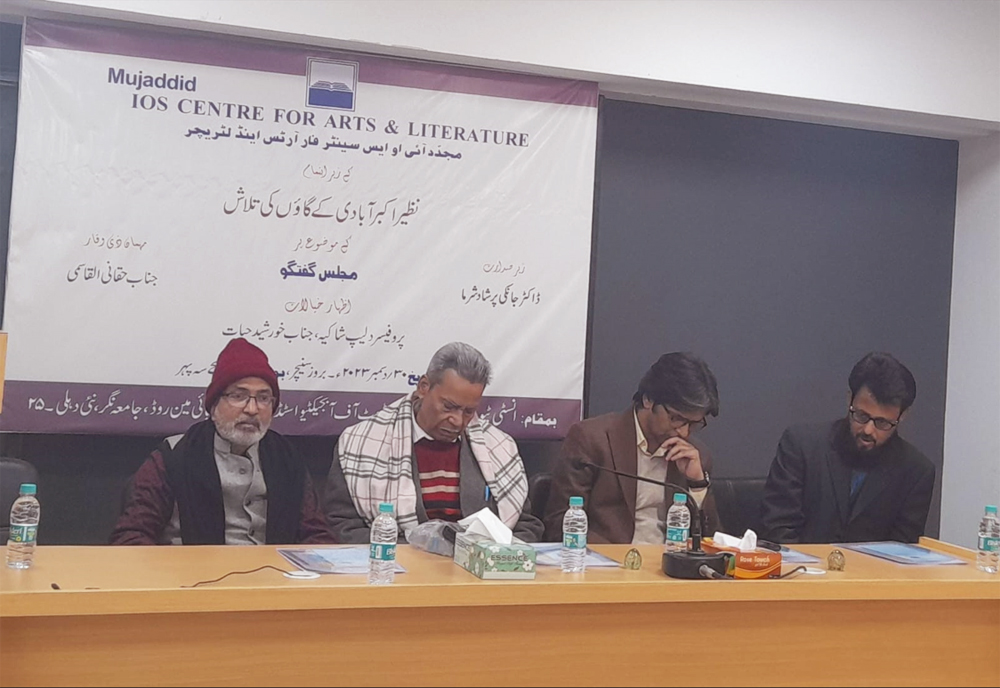
Mujaddid IOS Centre for Arts & Literature organises discussion on “Search for Nazir Akbarabadi’s Village”
New Delhi: A discussion on ‘Search for the village of Nazir Akbarabadi’ was organised by the Mujaddid IOS Centre for Arts and Literature at the auditorium of the IOS on December 30, 2023.
As usual, the programme commenced with the recitation of Qur’anic verse by Asif Jamal. Noted Hindi-Urdu critic, Dr. Janki Prasad Sharma presided over the function.
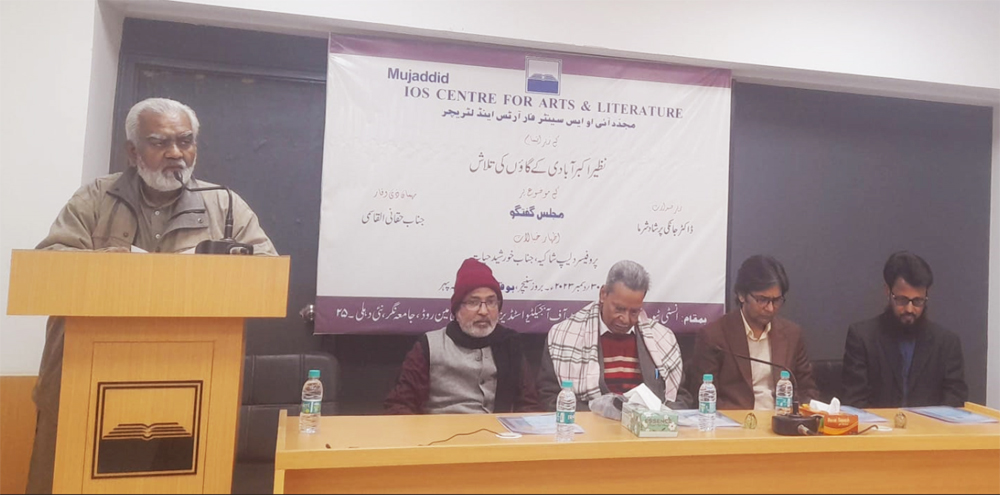
Introducing the theme, the convenor of the Centre, Anjum Naim, said that Nazir was forgotten by the critics for a long time. But he was being remembered today for his works which depicted the common life of Hindus, Muslims and Sikhs. His poems were simple and reflected the composite culture of the Hindi belt with the celebration of festivals together. His poetry had an input of divinity, he observed.
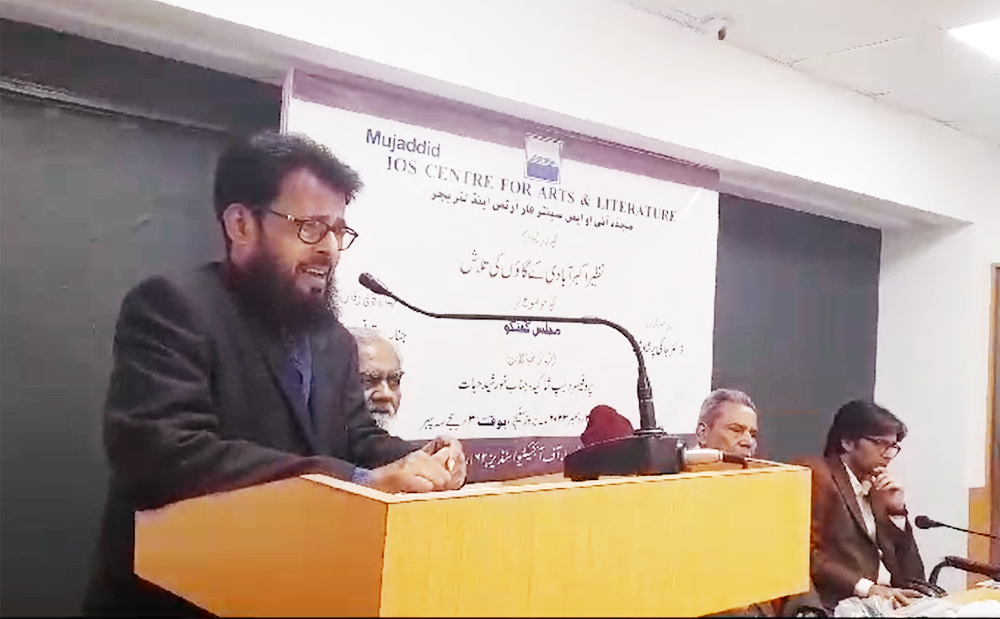
Well-known Urdu novelist, Khursheed Hayat, held that the dialogue increased the life span. A composite culture was reflected in the poetry of Nazir and his predecessors. He described Nazir as the father of Nazm (verse). Nazir wrote Chakkinama and Bheednama. But from then onwards, the literary landscape of Urdu poetry underwent a sea change. He said that the critics today were wandering in Nazir’s village in pasts. He was a poet of different colours. He used Khari Boli, Avadhi, Punjabi and Persian languages to compose his poems. He was a people’s poet and the festivals were scouting for his village. He observed that today, Nazir was Benazir (unique). He never allowed himself to be a courtier because of individuality. He wrote Holi, Diwali and other festivals of both Hindus and Muslims. He also wrote Aadminama and Banjaranama. He wrote on the socio-political system of his times. He never snapped his association with his roots and wrote in that background. Not a single subject was untouched which was not imbued with the fragrance of his soil. He maintained that Nazir Akbarabadi was a votary of the composite culture.
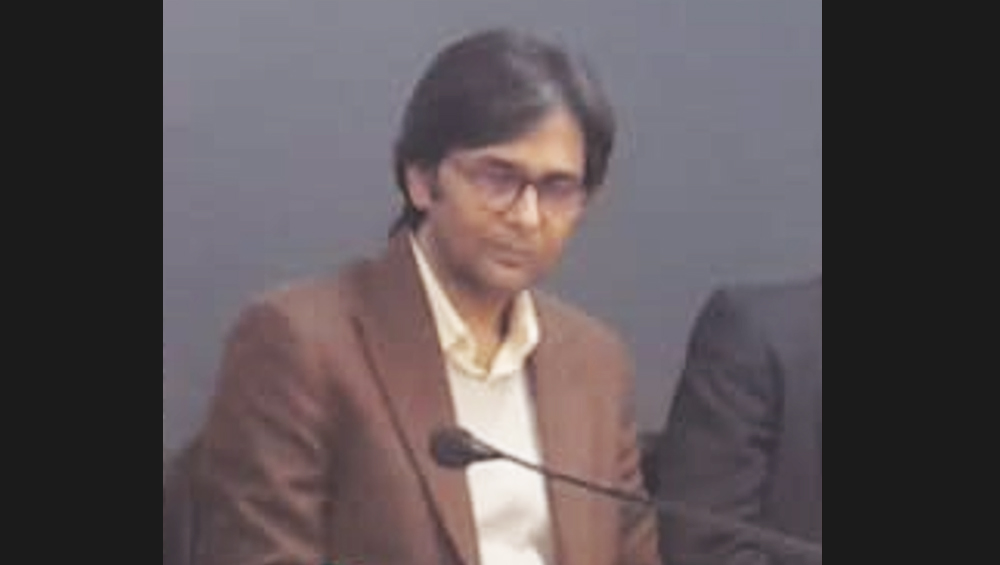
Prof. Dilip Kumar Shakya, professor of Hindi, Jamia Millia Islamia, described Nazir’s poetry ‘as the open art gallery of the composite culture’. He was contemporary of Mir Taqi Mir but different from Nazir’s language of an ordinary man of rustic environ.
It was his individuality that he preferred to keep away from royal patronage. The narrative of Urdu poetry he set was set in rural life with vibrant culture. This was called shared culture that brought two major communities. He said that both Hindi and Urdu were the streams flowed from the same river. Tracing the history of Hindi, he said that it was Bharatendu Harish Chandra who started the use of the language in 1850. He called for taking Hindi and Urdu together because it was the relationship or in amiability of the body and soul. This was better reflected in the composite culture. Dr. Nazir Ahmad wrote extensively on Nazir Akbarabadi. If there was reference to gods and goddesses, the invocation of Ganeshji, there was also mention of Shab-e-barat. He wrote Lallu-Jagdhar Ka Mela, Sudama Charit, Kans Ka Mela and Fakir Ki Holi. He argued that Nazir’s narrative was different from Surdas and Raskhan whose adoration of Lord Krishna was utopian. While Kabir had a religious critique, Nazir looked at his social surroundings. He never talked of only one religion. Nazir’s other notable poems included Krishna Kanhayas Bansuri, Mahadevji Ka Mela (a Nazm), he added.
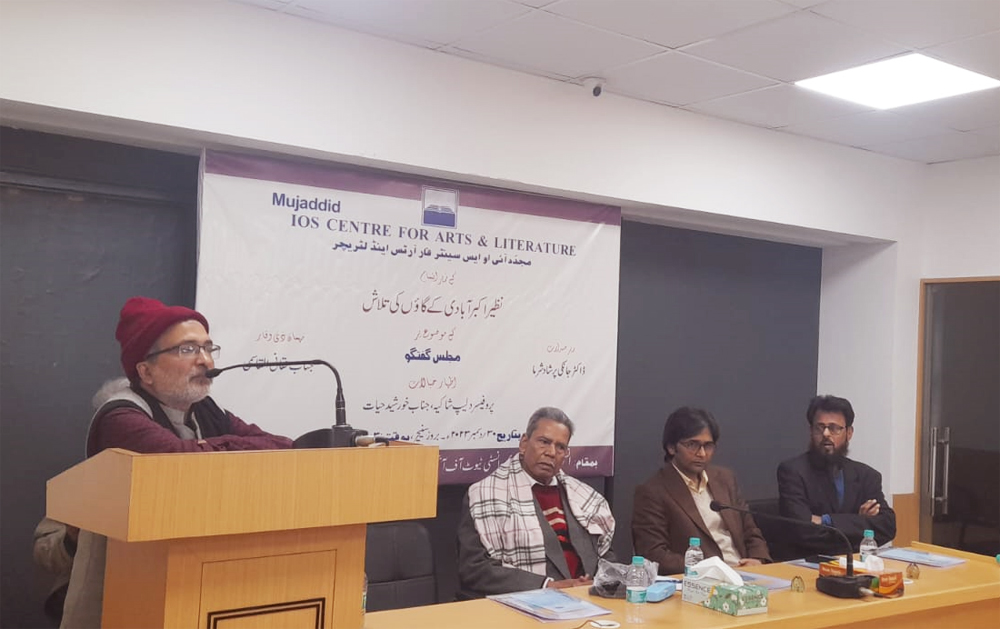
Senior journalist, critic, and advisor to the National Council for the Promotion of Urdu Language (NCPUL) journal, Haqqani Al-Qasimi, said that Nazir Akbarabadi was a victim of bias. He was ignored by the Urduwallas themselves. He was born in Delhi, but his village was found in his poetry. His collected works of poetry contained all types of poems. He held that cultural pluralism was profusely found in his poetry. Public psyche was the subject-matter of his poetry. Festivals, games, sparrows, etc. prominently found place in his poetry. He said that Mathura Vrindavan and Gokul were his villages. If he wrote on Holi, Diwali and Basant, he also penned poems on Shab-e-barat/Eid. He described Nazir as a poet of crowd who was not lost in it. He deplored that Nazir was forgotten for a long time.
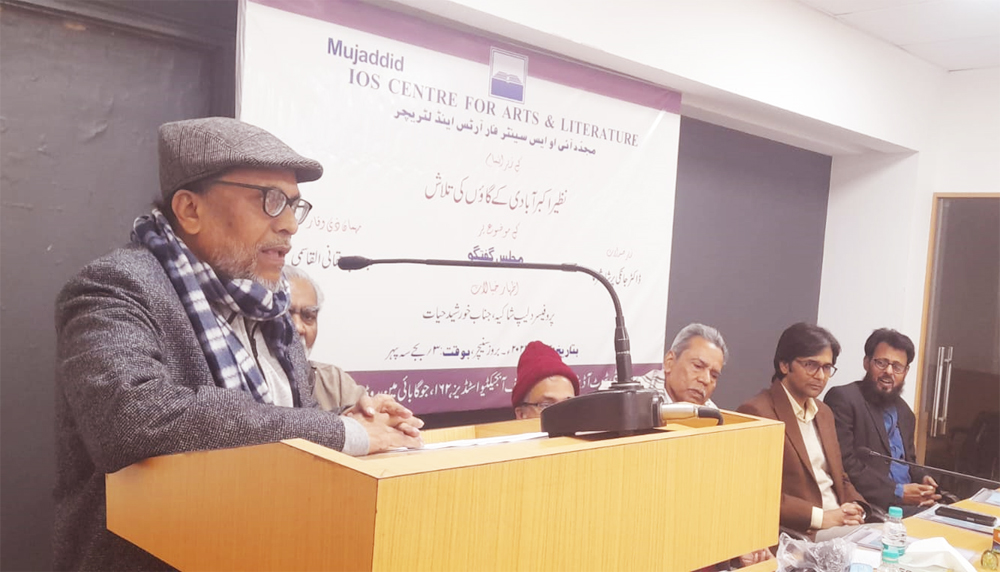
Senior Urdu journalist and Urdu bureau chief of voice of America (Urdu service) in India, Suhail Anjum also briefly spoken on the poetry of Nazir.
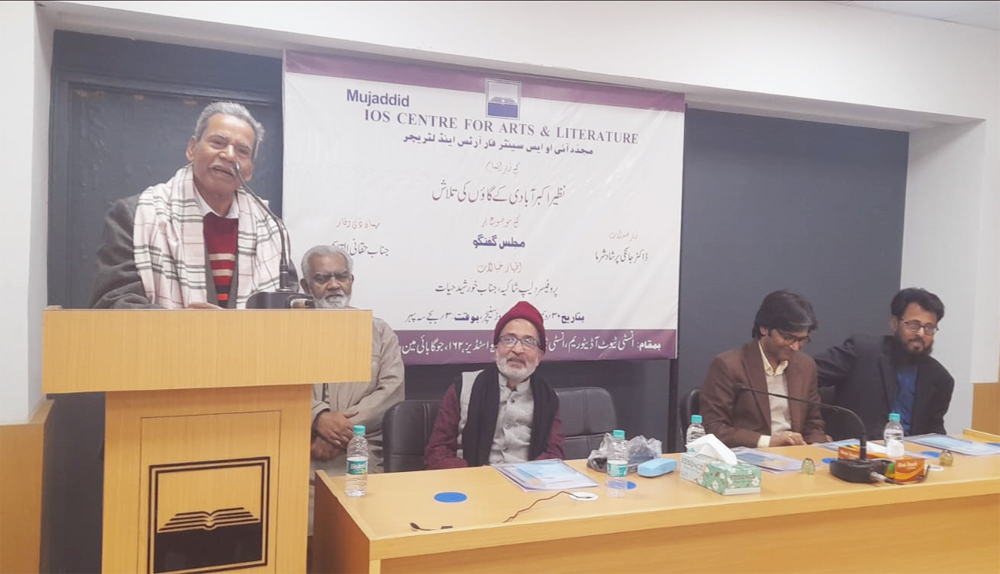
In his presidential remarks, noted critic of Hindi and Urdu, Dr. Janki Prasad Sharma, remarked Nazir’s village was a world of union. His village did not believe in division, but in unity. In his poetry, love was eternal. It was set in a cultural context which should be preserved. He said that Indian culture was pluralistic because of the oneness of her cultural memory. It was a one-thousand-year old legacy. Because of long legacy, it could never be singular. It was politics that made the legacy singular. He observed that there was an element of realism in Nazir’s poetry. Around 25-30 Nazms of Nazir were based on Sufism. But, there was a difference between Iranian and Indian Sufism. Nazir’s Sufism was Indian. He was realist poet because of his observation of society was very minute. He opined that Nazir’s poetry was the only answer to today’s communalism, he concluded.
At the end, Anjum Naim extended a vote of thanks to the attendees who were fairly in good numbers.
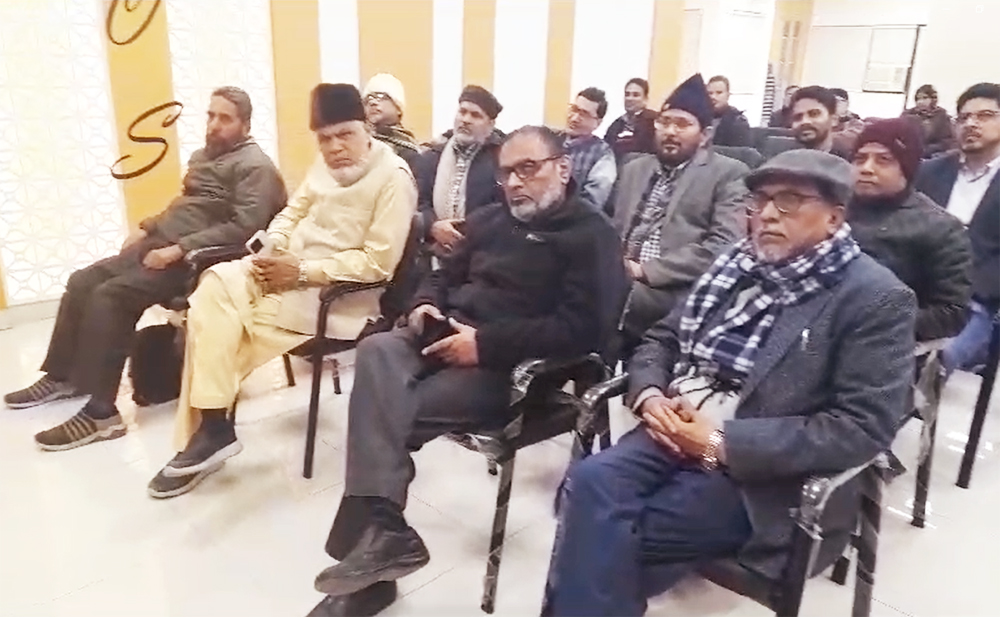
A View of audience.
Go Back